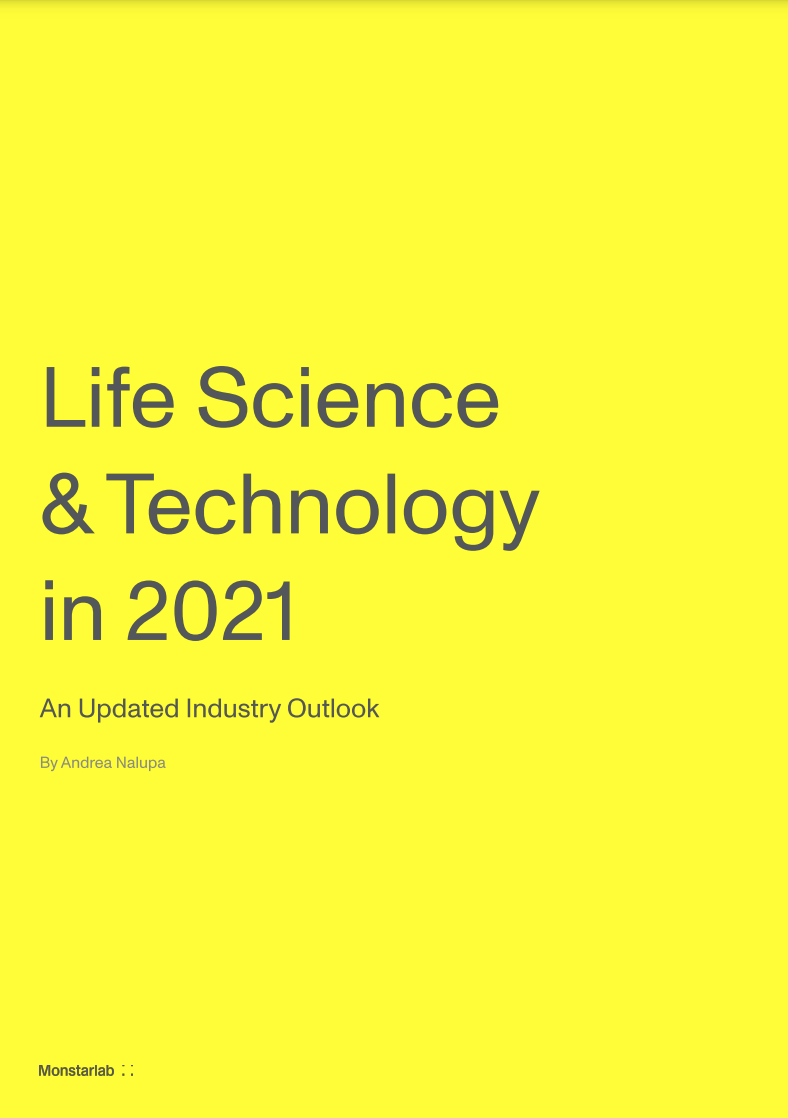Part of our Health & Life Science Series
A year after the feature story written by Anders Krag, Managing Director at Monstarlab DK was published in the Danish medical magazine MedWatch, we look into how much has changed with the industry’s challenging incentive structures.

In this feature article, Anders Krag explains how
- Limiting incentive structures continue to hold back life science companies
- Authority distribution in business can impact business outcomes
- Partnership models dictate outcome speed and cost
The global pandemic has made 2020 the most challenging yet transformational year for Life Science yet. Amidst unprecedented surges in demand and heightened expectations for lifesaving supplies and services, the industry has continued to rise to the occasion. Applaudable as its efforts were, however, more could’ve been accomplished with the right support and incentive structures in place – both of which are well overdue. Now more than ever, companies in the industry need to restructure their business logic in support of agile development.
Rigid measures of success continue to prove counterproductive
Despite the popularity of fail-fast culture in Life Science companies, fail-fast remains a concept when taking closer look at the engine rooms. In an unfortunate manipulation of the meaning of success – from an accomplishment of a worthwhile undertaking to the mere absence of failure, businesses are choosing to hold back innovation or round up results to stay ‘successful’. With this mindset, two dangerous outcomes await; discrepancy undermines the innovation capabilities in life science companies and businesses fall short on crucial development.
Harmless as choosing to be ‘cautious’ sounds, some of the biggest challenges in the industry amidst the pandemic such as the need to speedily adapt operations and diversify pharmaceutical ingredient supply, cannot be solved by sitting around and getting comfortable nor by sweeping negative results under the rug. Creating a supportive environment well-guided by GxP remains most effective in cultivating a culture of true success in any life science business.
Decision mandates are still largely misplaced
In any life science business, knowledge workers can be found right in the center of the action. Whether at the forefront of R&D or administering vaccines in healthcare facilities, employees are the first to face issues and first to be burdened by solving them at any given time. However, though quick to call attention to challenges and issues, vital information from employees quickly fades or gets lost in translation going further up the value chain; leading to misaligned solutions or an entirely false sense of improvement advocated by higher management.
In the case of life science, placing the decision mandate with the well-equipped knowledge worker instead of the management will allow errors to be dealt with with speed and accuracy. With issues identified faster and solved by people with the right skills, problem solving is catalyzed – leaving more time to focus on development. Despite many companies acknowledging this, however, decision-making and operations are still managed strictly in management. Until the right key players are empowered, expect the solution and innovation slowdown to continue.
Businesses pay too much for time
Another counterproductive structure slowing down innovation in the industry is the outdated business model that pays for work hours instead of work itself. Operating on an hour-based contract, outsourced consultants have little to no reason to proactively speed up or optimise processes if it cuts down the check. This brings forth multiple occasions of outcome delays that snowball into companies overspending yet underachieving. To offer a fool-proof alternative, output-based or outcome-based partnerships can save organisations a significant amount of time and prove more rewarding. It’s high time those who can deliver and do so with speed get attention.
Conclusion
As incentive structures, decision mandates and external counseling come under close scrutiny, an increasing number of life science companies have become aware of the need to reevaluate their organisational dynamics in the past year. Now, it’s time for them to make informed decisions and take action to unlock the possibilities of boosting innovation in life science.


